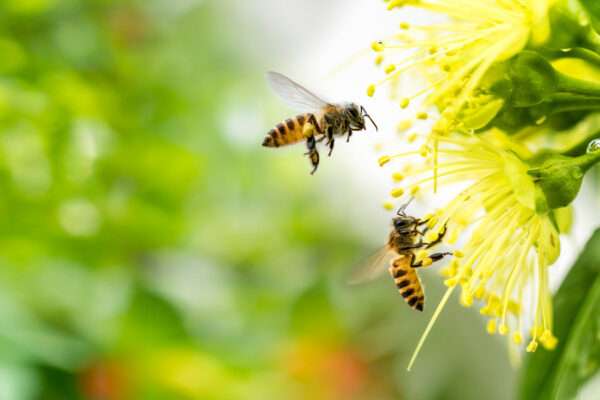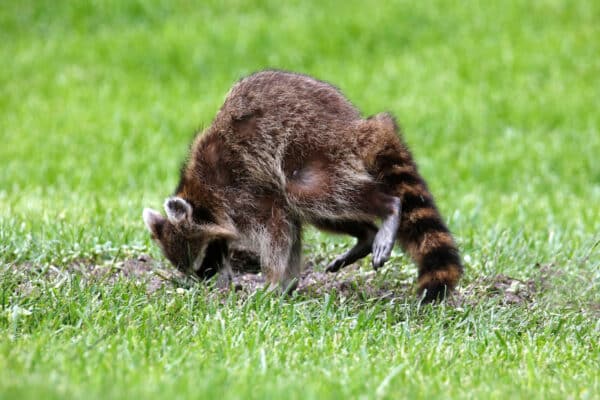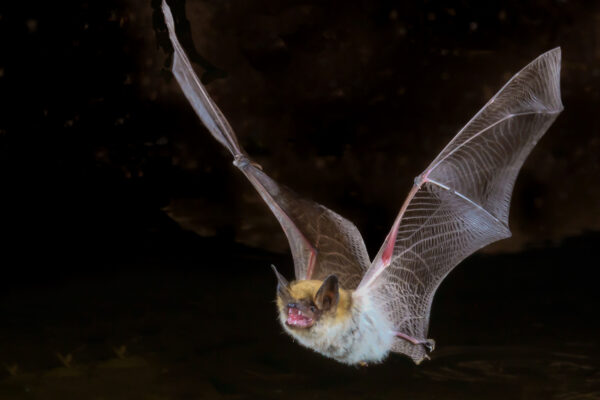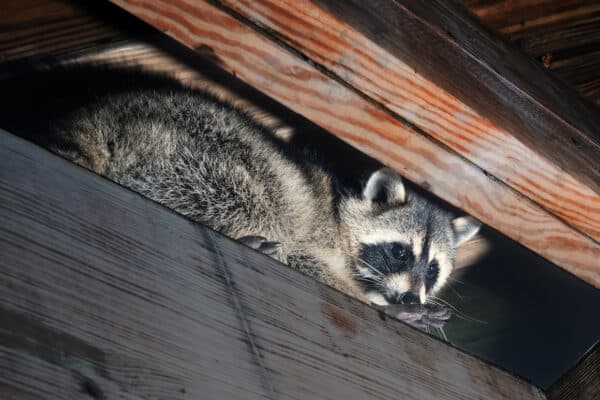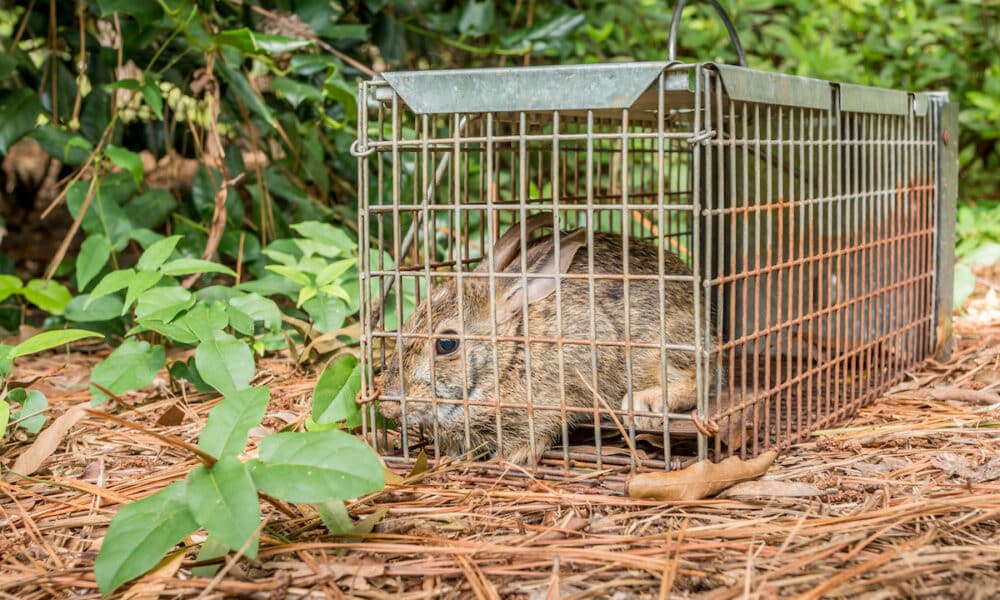
Wildlife intrusion into homes can pose serious challenges for homeowners, ranging from property damage to potential health risks. In such situations, seeking professional wildlife removal services becomes crucial as there is a proven wildlife removal process that must be followed.
In this article, we’ll provide some of the benefits of working with a professional wildlife removal service like Covenant Wildlife, and provide a step-by-step overview of what homeowners can expect during the wildlife removal process. All of this is to ensure a safe, humane, and effective removal matched with the peace of mind of knowing that your home can soon be wildlife-free.
Let’s begin!
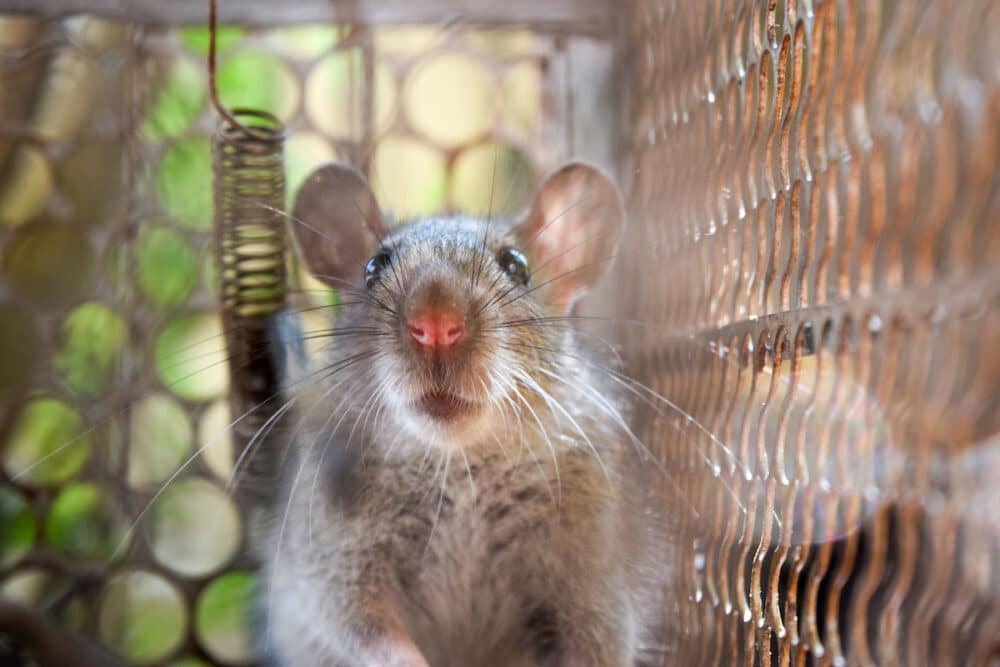
9 Benefits of Hiring a Professional for the Wildlife Removal Process
Hiring a professional wildlife removal service offers a variety of benefits that ensure a safe, effective, and humane resolution to wildlife conflicts.
Here are some of the key advantages:
1. Expertise and Experience
Professional wildlife removal services, like the team at Covenant Wildlife, employ trained technicians with extensive knowledge and experience in dealing with a wide range of wildlife species.
Their expertise allows for:
- Accurate identification
- Behavior understanding
- The implementation of effective removal strategies
With their experience, you’ll never have to guess whether or not we’ll know how to get the job done.
2. Humane Practices
Ethical treatment of wildlife is a priority for professional services. At Covenant Wilflide, we use humane trapping methods and relocation techniques to ensure the well-being of captured animals. This approach aligns with ethical standards and often complies with local wildlife protection regulations.
3. Customized Solutions
Every wildlife infestation is unique, requiring a tailored approach for effective resolution. Professional wildlife removal services conduct thorough assessments to develop customized removal plans that address the specific characteristics of each infestation. This ensures a targeted and efficient response.
4. Safety for Humans and Wildlife
Wildlife removal can be dangerous, especially when dealing with potentially aggressive animals or species carrying diseases. Our team of professionals is equipped with the necessary tools, protective gear, and knowledge to handle these situations safely, minimizing risks for both homeowners and wildlife.
5. Preventive Measures
Beyond immediate removal, professionals focus on preventing future infestations. They:
- Identify and seal entry points
- Implement exclusion techniques
- Offer valuable insights into property modifications that discourage wildlife from returning
This proactive approach helps homeowners avoid recurring issues.
6. Damage Repair and Restoration
Wildlife infestations often result in property damage, such as:
- Chewed wires
- Insulation destruction
- Structural issues
Professional services not only remove the animals but let you know exactly where the damage has occurred so that you can take swift and accurate measures to make the repairs.
7. Legal Compliance
Wildlife removal is subject to various local and federal regulations to protect both humans and animals. Professional services are familiar with these laws and ensure that their removal practices adhere to legal requirements. This helps homeowners avoid potential legal issues associated with improper wildlife management.
8. Efficiency and Timeliness
Professionals are equipped with the tools and resources to promptly address wildlife infestations. Our swift removal is crucial to minimize property damage and health risks. At Covenant Wildlife, we can efficiently execute the wildlife removal process and provide homeowners with the peace of mind they’ve been searching for.
9. Education and Awareness
Professional wildlife removal services often educate homeowners about the behaviors of local wildlife, offering insights into preventive measures. This educational component empowers residents to make informed decisions and adopt practices that reduce the likelihood of future infestations.
Importance of Following a Wildlife Removal Process
Following a structured wildlife removal process is crucial for several reasons.
First and foremost, it ensures the safety of both the occupants of a property and the wildlife involved. Adhering to a systematic approach reduces the risk of injuries or confrontations during removal, especially when dealing with potentially dangerous species.
Secondly, a well-defined process promotes efficiency, allowing for the swift and effective resolution of wildlife conflicts. This efficiency is vital in minimizing property damage and preventing the escalation of health risks associated with wildlife infestations.
Additionally, a structured wildlife removal process often includes preventive measures that address the root causes of infestations and reduce the likelihood of it happening again.
Overall, the importance of following a wildlife removal process comes down to:
- Safeguarding human well-being
- Preserving property integrity
- Promoting the coexistence of humans and wildlife
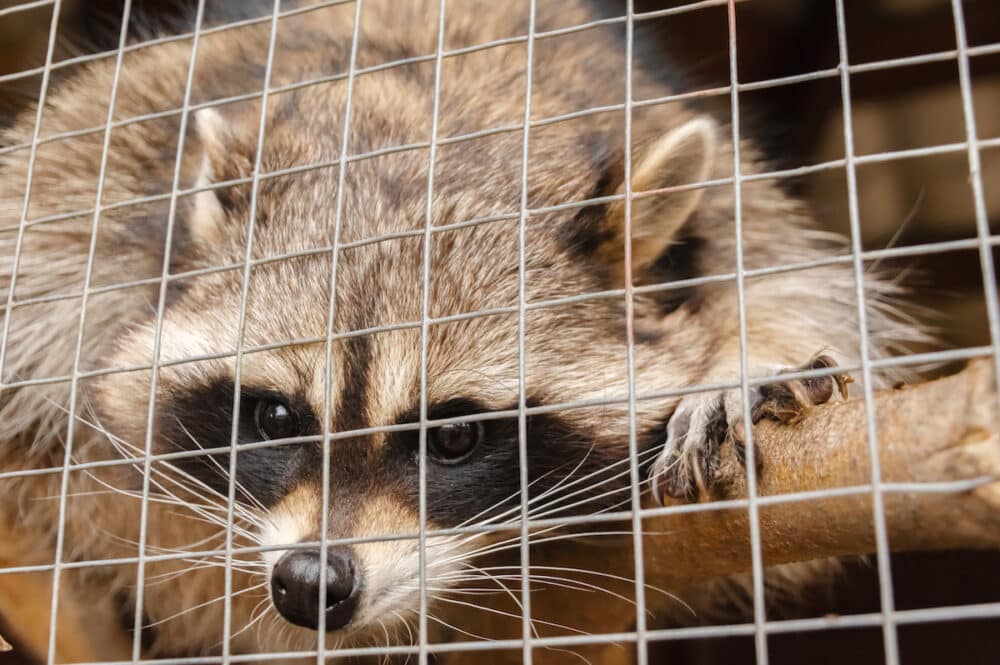
Steps for a Successful Wildlife Removal Process
To ensure a wildlife removal process goes smoothly, check out the steps to follow below:
Step 1: Assessment and Inspection
The first step in the wildlife removal process involves a thorough assessment and inspection of the property by experienced wildlife technicians. Professionals will:
- Identify signs of wildlife presence
- Assess the extent of the infestation
- Determine the species involved
This critical step lays the foundation for developing a tailored removal plan that addresses the unique characteristics of the wildlife issue.
During the inspection, technicians will look for entry points, nests, droppings, and other indicators of wildlife activity. This meticulous examination allows them to understand the behavior and habits of the animals, facilitating the creation of an effective removal strategy.
Step 2: Customized Removal Plan
Based on the assessment, wildlife removal experts will devise a customized plan tailored to the specific circumstances of the infestation. Factors such as the type of wildlife, the number of animals, and the location of entry points will influence the removal strategy. Professionals prioritize humane methods that prioritize the well-being of the animals while ensuring the safety of the property and its occupants.
The removal plan may include trapping and relocation, exclusion techniques to seal entry points, and habitat modification to deter future infestations. Transparent communication between homeowners and wildlife removal experts is crucial at this stage, ensuring that all parties understand the proposed methods and potential outcomes.
Step 3: Humane Trapping and Removal
Humane trapping is a common method employed by wildlife removal services to capture and relocate animals safely. Traps are strategically placed in areas of high wildlife activity, and professionals regularly monitor them to minimize stress on the captured animals. Once caught, the wildlife will be safely transported to an appropriate location where they can thrive in their natural habitat without posing a threat to human properties.
Step 4: Exclusion and Repairs
After the removal of wildlife, the next step is to prevent future intrusions by securing the property. Wildlife removal experts will implement exclusion techniques, such as sealing entry points, installing barriers, and reinforcing vulnerable areas. This proactive approach not only prevents the return of the same animals but also deters other wildlife from entering the property.
Additionally, any damage caused by the wildlife, such as chewed wires, insulation damage, or structural issues, will be addressed during this phase. Timely repairs are essential to restore the integrity of the property and mitigate the risk of further problems.
Step 5: Sanitization and Cleanup
Wildlife infestations often leave behind biohazardous materials, including droppings, urine, and nesting materials. These substances can carry diseases and pose health risks to humans. Professional wildlife removal services include thorough sanitization and cleanup to ensure that the property is safe and hygienic.
Technicians use specialized equipment and cleaning agents to eliminate harmful contaminants, neutralize odors, and restore a healthy indoor environment. Sanitization is a critical step, especially in areas where wildlife has left behind biological residues that can compromise air quality.
Step 6: Prevention and Education
The final step in the wildlife removal process involves educating homeowners about preventive measures to reduce the likelihood of future infestations. Wildlife removal experts may provide valuable insights into landscaping practices, property maintenance, and habits that can make homes less attractive to wildlife.
This educational component empowers homeowners to take proactive steps in safeguarding their properties against future wildlife issues. By understanding the behaviors and needs of local wildlife, residents can coexist with nature more harmoniously while minimizing the risk of conflicts.
Covenant Wildlife will Effectively Execute the Wildlife Removal Process
The wildlife removal process is a comprehensive and systematic approach designed to address the complexities of human-wildlife interactions. From initial assessment to preventive education, each step plays a crucial role in achieving a sustainable and humane resolution to wildlife conflicts.
We encourage all homeowners dealing with a wildlife problem are encouraged to reach out to our team at Covenant Wildlife. We prioritize ethical practices to ensure the well-being of both humans and wildlife. Our proven wildlife removal process satisfies our customers every time. Reach out to us today to schedule an appointment!
